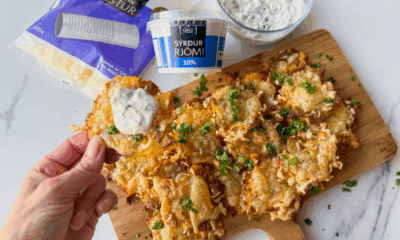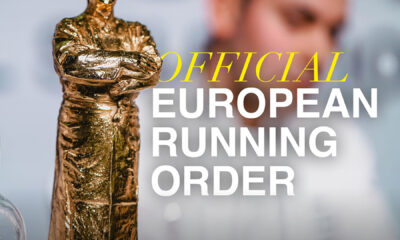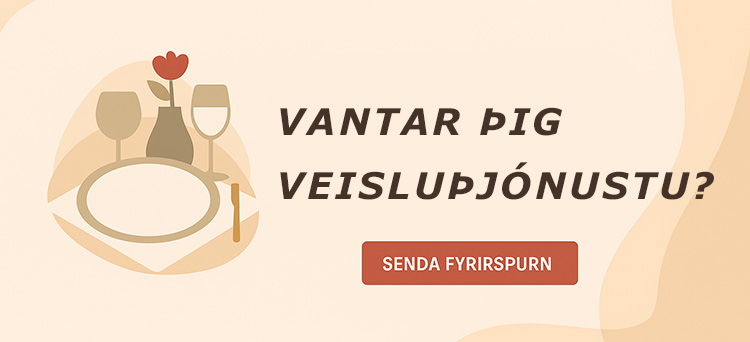Lifid
The French Now Sniff, Swirl and Brand
With the 2005 Bordeaux vintage fetching record prices in the wine futures market, the elite chateaus of France have rarely had it better. Further down the pecking order, though, French winemakers woes are growing. More consumers are snubbing French wines in favor of New World alternatives. And the European Commission wants to tear up some vineyards to reduce excess production and cut subsidies to growers.
The situation has forced some winemakers to embrace a new approach to marketing.
Wine increasingly is becoming a consumer good, not a cultural exception, said Pierre Courbon, international marketing director at OVS, a French company that was created to sell a new wine brand, Chamarré, which it intends to go head to head with consumer favorites from Australia, California, Chile and elsewhere. Beer, spirits, vegetables, dairy products and even bread is branded. Why not wine?
Until recently, such words might have been considered heresy in France, where many winemakers have an almost religious attachment to the idea that wines must reflect the specific attributes of the land on which they are grown, not the global characteristics of a brand. French law requires quality wines to be labeled accordingly, listing details like the region, the vineyard and the producer. But many consumers in markets like Britain and the United States now prefer to choose their wines according to the grape variety, like cabernet sauvignon or Riesling, rather than the name of the region where they were grown, like Bordeaux.
New World producers have obliged, providing ranges of varietal wines and lining them up on supermarket shelves under familiar brand names like Jacobs Creek or Gallo. Though France, a country synonymous with wine, was slow to follow suit, a few French brands are catching on with consumers. JP Chenet, a line of wines marketed by Les Grands Chais de France, is one of the fastest growing.
Chamarré, which recently went on sale in Britain and the Nordic countries, is a further step down the road toward international-style branding. The labels, with the Chamarré name in large type, accompanied by the region or varietal blend, closely resemble those from leading California brands, an indication of where OVS is setting its sights.
The company recently set up an office in Miami and plans to enter the American market this year. The wines will generally be priced at $7 to $12, said Hubert Surville, who heads the United States unit.
OVS has big plans, hoping to sell a million cases, or 12 million bottles, each year in the United States within five years, Mr. Surville said. The company, which has financing from the French government and private banks, plans to support the introduction of Chamarré with a broad-based marketing campaign.
In the United States, Mr. Surville said, OVS plans to spend $10 million on advertising and other promotions over the next three years, a sizable amount for a wine brand. In Britain, much of the marketing activity will be focused on the point of sale, as in-store promotions fuel up to 70 percent of wine sales in the country, Mr. Courbon said.
Though French wines once held a 10 percent market share in the United States, that is down to about 3 percent, analysts say, with Australia, Chile and other young exporters making up much of the difference. In Britain, French wines retain nearly one-fifth of sales, but that share has slid, too, and France has yielded market leadership to Australia.
Though French objections to the American-led invasion of Iraq fanned anti-French sentiment in the United States, leading to retaliation against some French products, Mr. Surville said that was not the main problem for French wine. Consumers dont care about where a wine comes from, he said. What has happened to French wines in America isnt the fault of the French-bashing; its poor marketing.
Americans have also shown a preference for big, fruity wines from countries like Australia, and Chamarré wines are being made in a similar style, Mr. Courbon said, emphasizing grapes from the sunny south of France.
Some of the other successes in branding French wine have come through outside involvement. Fat Bastard, an irreverent brand created about a decade ago by a British importer, Guy Anderson, and a French producer, Thierry Boudinaud, and featuring a cartoon hippopotamus on the label, sells 500,000 cases a year in the United States. Mr. Anderson and Mr. Boudinaud have sold the brand to its United States distributor and moved on to other quirky brand ventures involving French wine, including Le Freak.
E.& J. Gallo is selling a French wine under the label Red Bicyclette, an attempt to build on nostalgic images of rural France. Southcorp, which owns the Lindemans, Penfolds and Rosemount brands of Australian wine, has also started a French brand, La Belle Terrasse. Analysts say it is probably a matter of time before other big companies start their own French wine labels.
Richard Halstead, operations director at Wine Intelligence, a market research company in London whose clients include OVS, said: Youve got a supply crisis in France which is never going to be dealt with through the existing distribution and marketing infrastructure. As long as that exists, theres going to be a willingness to try new things.
Australians have shown a particular knack for brands, with a relatively recent entrant in the American market, Yellow Tail, growing into something of a phenomenon and selling more than 7.5 million cases last year. Like many of the other new wine brands, it features an animal on the label, in this case a wallaby.
Chamarré is also taking that route, as the name, in southern French patois, refers to a kind of butterfly, the yellow-tailed skipper. OVS has yet to select an ad agency to develop this image, but Mr. Courbon said it had narrowed the list to three finalists.
One problem with brands of wine is that they can go out of fashion as quickly as they became trendy. German wines had some success with brand names like Black Tower in the 1970s, but those wines are rarely found on dinner tables of knowledgeable consumers now. Sales of Fat Bastard wines have tailed off in Britain. Mr. Courbon said Chamarré would be marketed as a contemporary, forward-looking, optimistic brand to try to avoid this problem.
Source: nytimes.com

-

 Viðtöl, örfréttir & frumraun7 dagar síðan
Viðtöl, örfréttir & frumraun7 dagar síðanSAUÐÁ býður upp á Pop up með Michelin matreiðslu
-

 Markaðurinn5 dagar síðan
Markaðurinn5 dagar síðanBarþjónn óskast í fullt starf hjá Hótel Reykjavík Centrum
-

 Markaðurinn5 dagar síðan
Markaðurinn5 dagar síðanSushi í nýjum búningi: Ofnbakað, rjómakennt og ómótstæðilegt
-

 Markaðurinn6 dagar síðan
Markaðurinn6 dagar síðanFullkomið meðlæti eða forréttur: stökkar kartöflur með sósu
-

 Vín, drykkir og keppni5 dagar síðan
Vín, drykkir og keppni5 dagar síðanJim Beam mun stöðva framleiðslu tímabundið árið 2026 í kjölfar minnkandi áfengisneyslu á heimsvísu
-

 Keppni6 dagar síðan
Keppni6 dagar síðanNorska kokkalandsliðið kynnir nýtt ungkokkalandslið fyrir Ólympíuleikana 2028
-

 Bocuse d´Or3 dagar síðan
Bocuse d´Or3 dagar síðanKeppnisröð Bocuse d’Or 2026 liggur fyrir, Snædís keppir 16. mars í Marseille
-

 Viðtöl, örfréttir & frumraun4 dagar síðan
Viðtöl, örfréttir & frumraun4 dagar síðanGleðileg jól og farsælt komandi ár, þökkum samfylgdina á árinu












